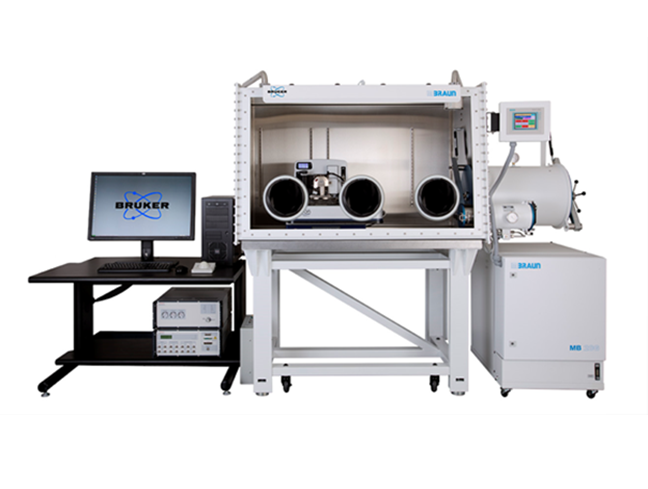Atomic Force Microscopes(Dimension Icon)
2020/9/18 11:52:52

Overview:Atomic force microscopy(AFM) is a high-resolution imaging technique where a small probe with a sharp tip is scanned back and forth in a controlled manner across a sample to measure the surface topography at up to atomic resolution.
Applications: characterization of quantum materials(quantum dots, topological materials, superconductors etc.) for their electrical, magnetic and mechanical properties.
Features:
X-Y scan range: 90μm x 90μm typical, 85μm minimum
Z range: 10μm typical in imaging and force curve modes, 9.5μm minimum
Vertical noise floor:<30pm RMS in appropriate environment typical imaging bandwidth (up to 625Hz)
X-Y position noise(closed-loop):≤0.15nm RMS typical imaging bandwidth (up to 625Hz)
X-Y position noise(closed-loop):≤0.10nm RMS typical imaging bandwidth (up to 625Hz)
Z sensor noise level(closed-loop):35pm RMS typical imaging bandwidth (up to 625Hz);50pm RMS, force curve bandwidth (0.1Hz to 5kHz)
Integral nonlinearity (X-Y-Z): <0.5% typical
Sample size/holder: 210mm vacuum chuck for samples, ≤210mm diameter, ≤15mm thick
Motorized position stage(X-Y axis):80mm × 150mm inspectable area; 2μm repeatability, unidirectional;3μm repeatability, bidirectional
Microscope optics: 5-megapixel digital camera;180μm to 1465μm viewing area;Digital zoom and motorized focus
 中文
中文 Email
Email QCloud
QCloud Log in
Log in
